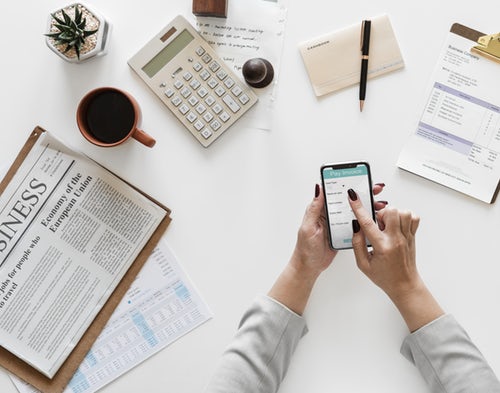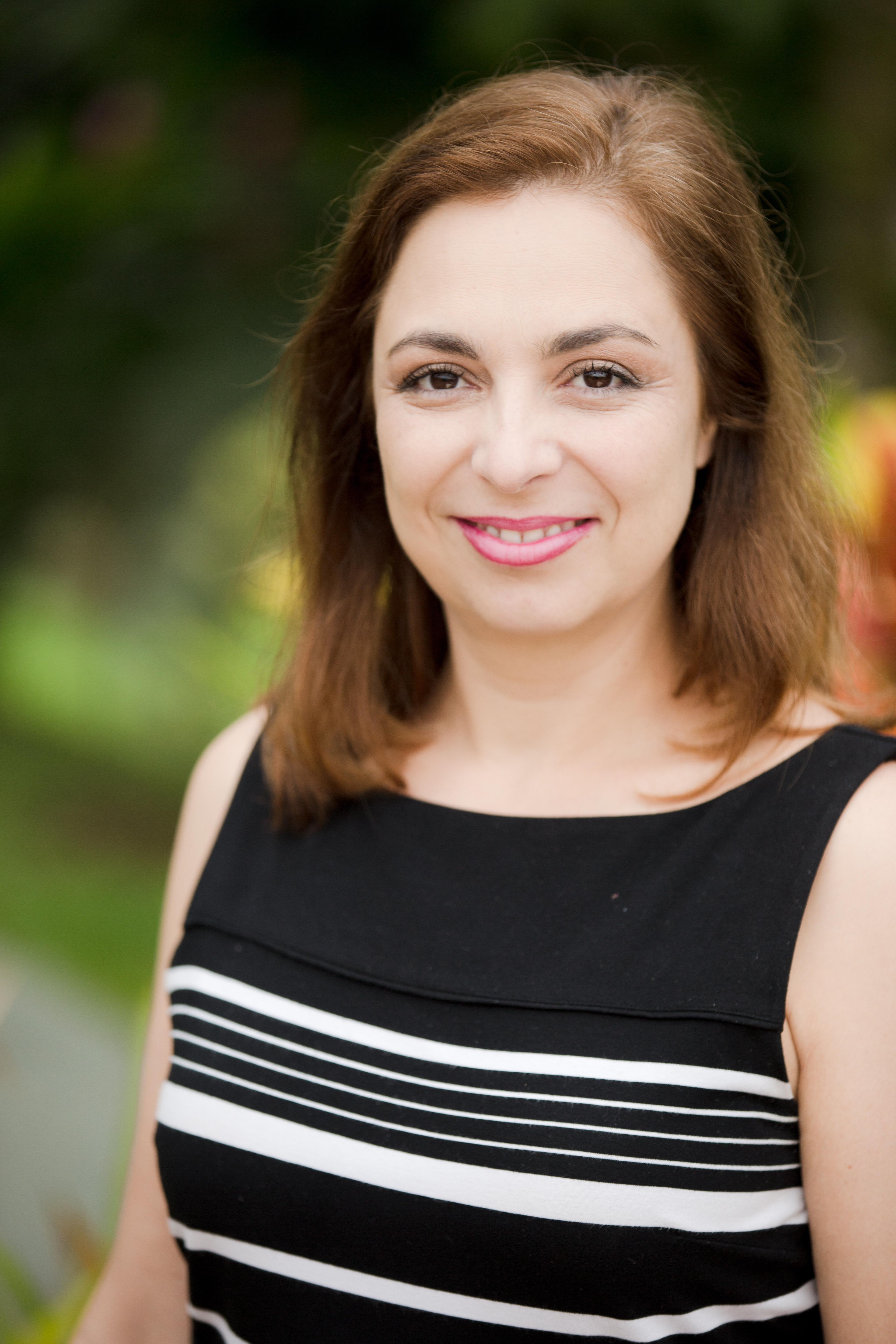I used to work for money. And never had any. In fact, five years ago, I never had any money. It’s not that I didn’t earn any, I did, and I had a good salary. However, just as quickly as my paycheck would come in, the money would come right back out again. I would always worry about money, stressing and counting pennies every second of the month.
Years later, I found a tool that worked for me and helped me earn, and hold onto, my money. I learned that I was willing to earn money, but not to have money. The tool is a simple one; separate 10% of every dollar you get, before paying anything and keep it in a savings account. If you are in any way like I was then, this just doesn’t make any logical sense. When I read about this, I had so many questions: Keep it for what? When can I spend it? On what? And more importantly, how am I going to make ends meet?

I had friends that have adopted the tool, and I could see how they had changed; less stress, more travel, less nagging about the terrible economy and more smiling, and I really wanted to be part of that club. Their only advice to me was that I give the tool a try, and see what happens.
After using the 10% tool for a number of years, here are some tips for making it work for you.
1. What is the purpose of keeping 10% of your income?
This is about teaching you to have money. It is not for saving for the rainy days, nor for using it on your next adventure. The difference between people who have money and people who don’t is just that: having money. So, this little account, as you commit to it and it starts growing, gives you the opportunity to learn how to have money.
2. When can I spend it?
When you start using this account you learn so many things about you, your income, your expenditure habits, of course, only if you are willing to not spend it. For me the first one was, I made so much more money that I thought I did! I used to think that my income was my salary, but I have several other income sources, and as they are paid in cash, that was never considered (by me, of course) an income, it just was money that crossed my path on its way to someone else’s purse. When I started keeping 10% of everything, I was surprised at the difference between the money I thought I earned, and what I actually did. That made me curious about what I was doing with all that money that was in the shadows.
3. Can I invest it?
You can buy things that have intrinsic value and can be rapidly converted into cash. This includes precious metals and fine jewels. Not cars or real estate. You want to feel what it is like to have money, so an emerald ring worth $1000 reminds you that you have more from where it came from. Don’t invest in things that depreciate in value – focus on using money, in order to create more.
4.How am I going to make ends meet?
The reality is, you are probably not making ends meet now. Putting away that 10% won’t help you on that end, but, you will have the 10% in money, which you don’t have now. My personal experience is that, when you have that money, and you commit to not spending it, your mind helps you to find new ways to create the money you need, and you will suddenly find “coincidences” or gain new business or clients. Also, there is a threshold, which is different for everyone, where you actually acknowledge that you have money. For some it might be $1000, and for others it might be $50,000, but it always exists, that number you’re working towards. It is that moment when your “I’m broke” chip disappears. And the power that gives you is amazing.
5.How can I make money work for me If I can’t use it?
It starts working for you the moment you start noticing it. Suddenly you start noticing where you were using it that didn’t work that well, and as you become your most important investment, the “poverty-stricken” mentality starts to disappear. In my case, one of my major expenses was my mortgage, and it created nightmares in my world, imagining I lost my job, not making enough to pay and living on the streets. When I started having money, I suddenly realized that I could do capital payments, and I started choosing between the frappuccino and using that toward the main capital payment for my house. Long story short, and many not-consumed coffees later, I paid for my house in under three years, when the original term was over ten years. Now, I have that income every month, and it is not dedicated to anything, so I have started investing, traveling and enjoying my life so much more.
This will allow you to be curious about what your life could look like if you start using this tool. It may seem daunting, but what if you started using it, even if it is only to prove me wrong? The worst thing that can happen is that you actually start having money, and not only expenditures and debt. And if the idea of putting away that 10% overwhelms you at first, pick a percentage or a set amount of money you’re comfortable with, and start slowly building up from there. You can reap the benefits of this tool at your own pace and comfort level. At the end of the day it’s about your money and what works for you. Don’t forget to have fun with and let the idea of having money, ease your stress.
About Elena Blanco

Elena Blanco works full time for one of the world’s leading corporations, in government contract negotiations. She has a Masters in Economics from Soborne III in France, a Diploma in Strategic Negotiation from CBi in the United Kingdom and a Diploma in Strategic Negotiation from ITESM in Mexico. She is also a Certified Facilitator for several Access Consciousness® special programs, including Right Riches for You. Elena is passionate about facilitating courses in personal transformation, both nationally and internationally, and is committed to equipping people with tools and strategies to support them to achieve their goals and live their best lives.

